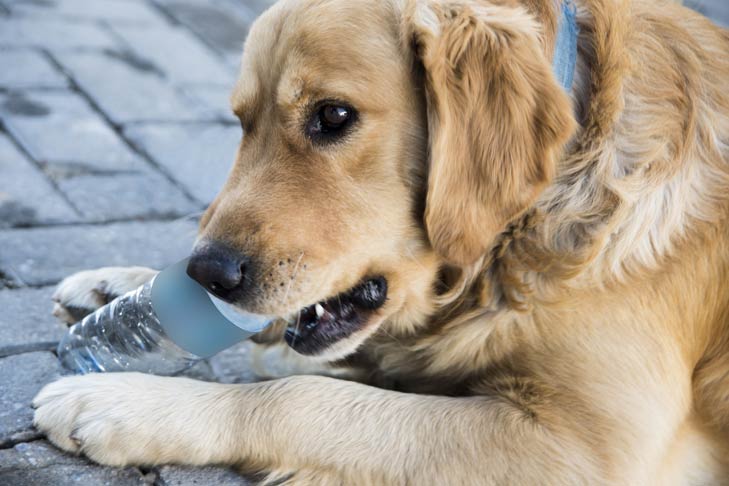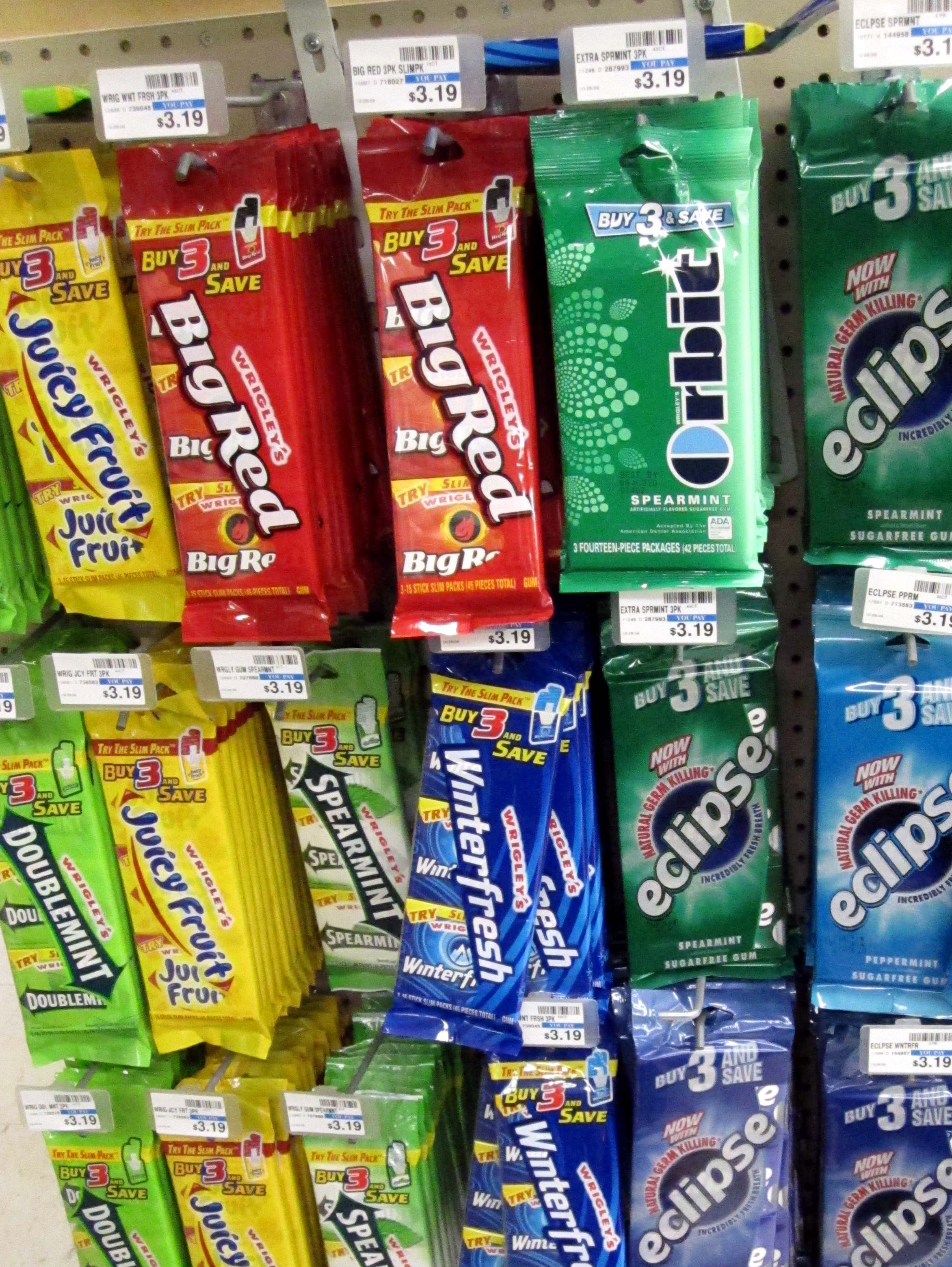

Where as it may be normal in the wild for some birds, especially ground feeders, to consume some dirt, the components of commercial dirt make the difference. Certainly in my book, dirt is considered a nonfood item. Nonfood items can accumulate and significantly interfere with normal digestion.ĭirt. The outlet from the stomach of the bird is very tiny. It is all too common for companion birds to accumulate nonfood items in their stomachs that will cause distention of the crop. Anything slowing the emptying of the stomach can slow the emptying of the crop. Whereas a crop that is slow to empty in a baby bird can indicate illness, a visible, slow emptying crop in a mature bird can be a sign of problems.
I LIKE CHEWING ON PLASTIC FULL
Most mature birds have crops that seem to be invisible, rarely full and usually covered with feathers. While our stomach can expand to both hold and digest food, the crop of the bird will fill with food items and empty gradually as the stomach processes food. The crop of the parrot is the temporary food storage organ. A careful exam of a birds dropping will often yield evidence of recent nonfood ingestion.Ĭrop Distention. Parrot owners are often surprised that their bird actually ingested a portion of the item it destroyed. Cute? Yes! But these toys can end up in a bird's stomach and either release noxious chemicals as they degrade, or resist degradation for long periods of time and act as irritants or obstructive foreign bodies. Soft plastic and vinyl toys can be quickly destroyed and eaten by parrots. But differences between the chewing abilities of kids and birds make toy selection very important.

Just as we shower our children and our friends' children with toys that delight and stimulate, we provide our companion birds with colorful fun baby toys. Perhaps it is their intelligence or their willingness to bond with us so intensely or their ability to talk that blinds many of us to the fact that these great creatures are birds-not babies. Perhaps these same innate needs and biologic drives influence appetites and behaviors in our pets.īaby toys. But what about the notion that many species may have evolved specialized behavioral and nutritional adaptations to their native environment? For example, the palm cockatoo and the hyacinth macaw exploit native nuts that furnished the caloric density for their unique body size and energy needs.

Sure, we can meet their caloric needs and provide most essential nutrients. When it comes to the innate nutritional needs of the many species kept as companion parrots, we have only a basic idea of their physiologic needs. Couple this with their manipulative skills and indulgent owners and we suddenly have a new syndrome!Īppetite. But several species stand apart in their drive to chew, destroy and often consume their non-food items. But when did it become normal for them to chew and eat plastics, finished wood, decorative items or bedspreads? What about vinyl flooring, automobile interiors or shake roofs? Parrots differ enormously by species when it comes to specific behaviors. This certainly arises from the need to keep their muscles and beak strong and in good repair. It's hard to say when the notion that parrots could eat and chew whatever they wanted took hold. The A-B-Cs Of Non-Food Items That Birds Love

Home » The A-B-Cs Of Non-Food Items That Birds Love


 0 kommentar(er)
0 kommentar(er)
